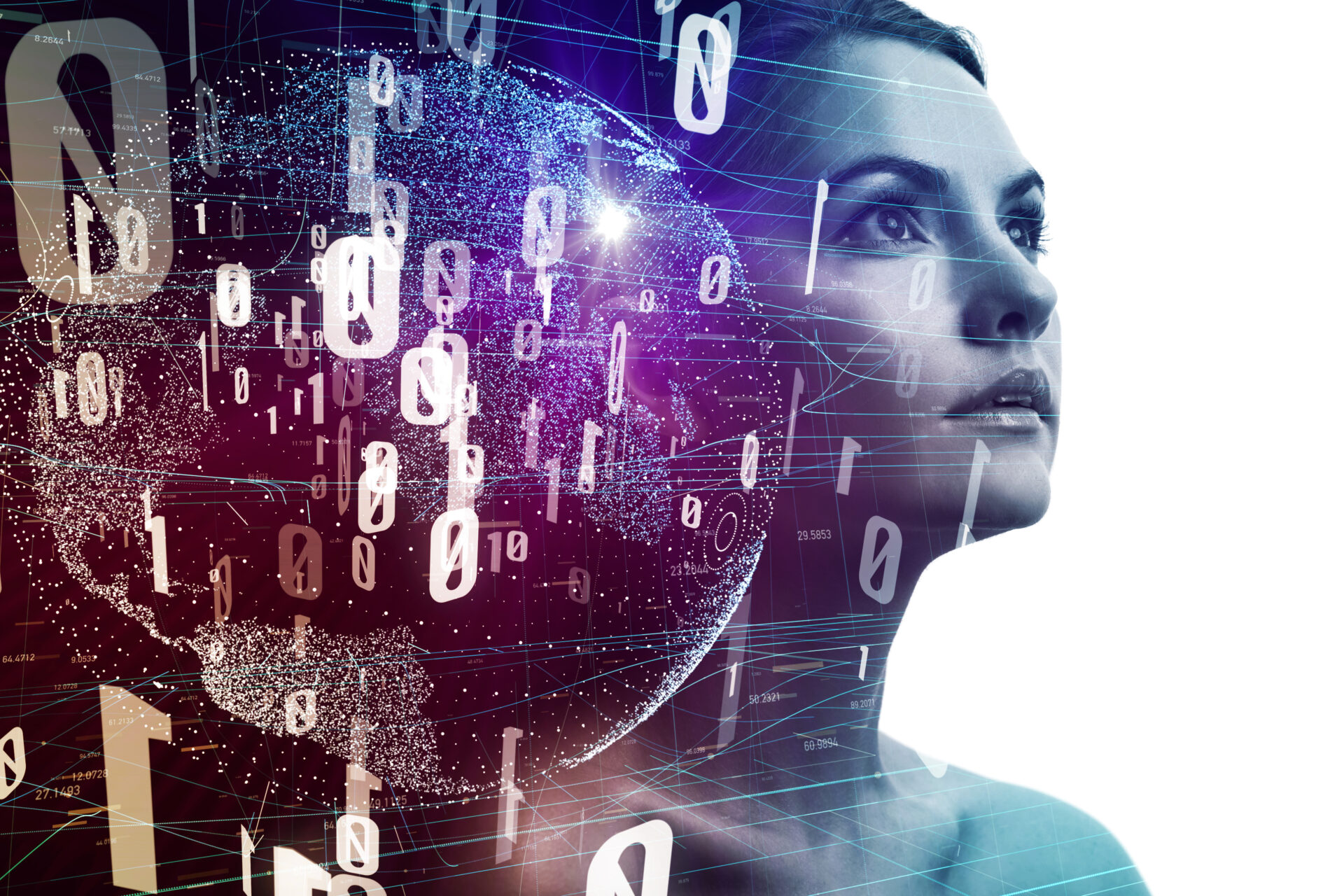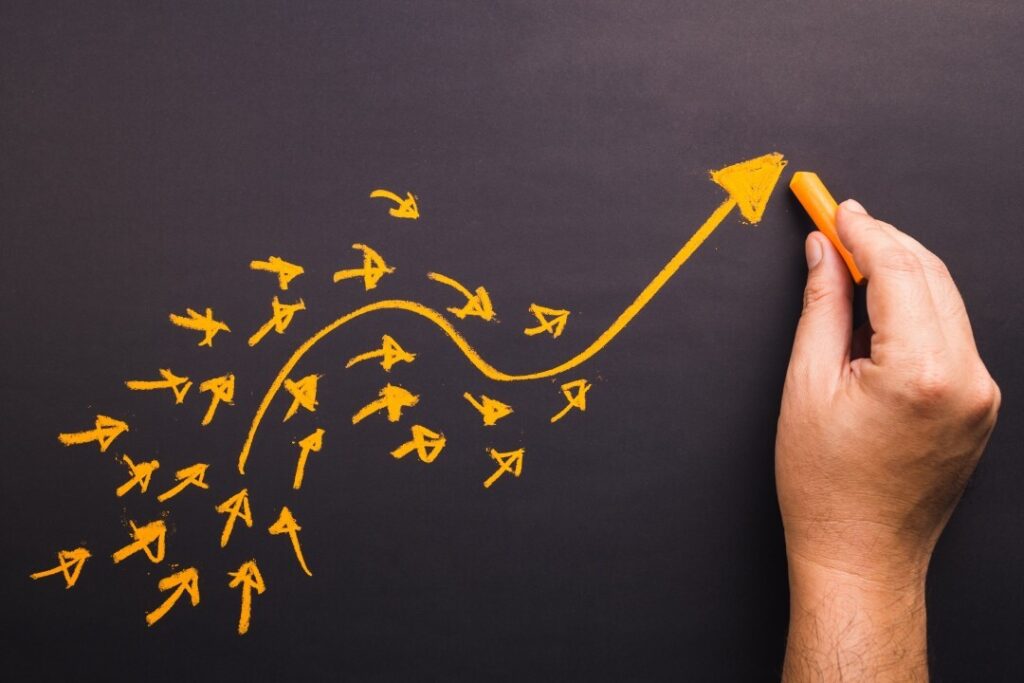“Adaptive learning” is a popular buzzword in today’s discussion around education and training. But what does it really mean? What can it do? What are its limitations? Let’s explore the potential of this learning concept.

What is it?
The fundamental idea behind adaptive learning is that the learning system adjusts to an individual’s learning requirements. Adaptive learning uses algorithms to tailor a learning experience to an individual learner; it delivers customized learning activities based on the learner’s mastery in a given topic or course. This is not a new concept, but technological advancements in recent years—driven by the growing demand for customized learning experiences that cannot be achieved on a large scale using traditional methods—are making it a reality.
How does it work?
The technology behind adaptive learning involves artificial intelligence (AI), psychology, psychometrics, and even machine learning. Most adaptive learning systems use a similar framework.
Knowledge map
The instructor creates a knowledge map that links all the topic areas within a course and all the concepts within each topic area, showing how important concepts are related to each other. This is often referred to as an “inventory of knowledge” and is organized using various interconnected “nodes” to make it easy to locate information.
Below is an example of a simple knowledge map for a course involving six concepts. For the purposes of this example, let’s name them concept A, B, C, D, E, and F.

For a student to be able to learn concept E, he or she must first master concepts A, B, and C. If a student can correctly answer questions from concept F, it indicates the student has already mastered concepts A, B, C, D, and E.
Knowledge check
Once the knowledge map is in place, the adaptive learning system performs a knowledge check or knowledge test to identify the concepts that the learner already knows—just as a personal tutor might evaluate the learner’s knowledge by asking questions. In an adaptive learning system, the learner takes an online assessment or quiz that is then graded automatically.
Learning path
Using the knowledge check, the system “learns” about the learner’s current level of mastery for each given topic. The learning program combines this information with the knowledge map to form a learning path. This learning path focuses on the concepts the learner has not yet mastered.
Case study
Using the example above, suppose that a group of students must master six concepts in a course. A student named Sara takes a quiz that shows she is already an expert in concepts A, B, and C, knows very little about concept D, and knows nothing about concepts E and F. The adaptive learning system then creates a custom learning experience for her, covering very little from concepts A, B, and C, quite a bit from concept D, and much more from concepts E and F. On the other hand, Sara’s classmate Ravi is very familiar with concept A, but not with concepts B through F. The system will ensure that Ravi sees more content from the areas where he is least proficient.
What are the benefits for instructors and learners?
One of the goals of adaptive learning is to make the learning experience scalable—accessible to a wider audience with less effort on the part of an instructor. An adaptive learning system can replace many of the routine and repetitive activities that instructors perform—e.g. providing information, administering tests, grading, and analyzing student performance—leaving instructors free to address specific learner difficulties and teach higher-order thinking. Instructors can easily monitor learners’ progress, and the system can be designed to alert instructors when a learner is struggling with a concept and needs an in-person intervention.
An adaptive learning system customizes content for the individual learner, focusing only on the content that learner needs, rather than presenting the same material to all learners, as traditional learning methods do. The learning system may also be self-paced, allowing learners to go at their own speed and practice activities as many times as required. Remote learners and learners who do not have access to traditional classrooms can benefit from this learning method.
| Traditional Classroom | Personal Tutor | Adaptive Learning | |
| Customizable | ☓ | ✓ | ✓ |
| Scalable | ✓ | ☓ | ✓ |
What are the limitations?
Adaptive learning tends to work well for lower-order thinking—providing information and allowing learners to practice straightforward problem solving. When the material demands higher-order thinking and open-ended responses, this system is less effective.
The limitations of auto-gradable question formats used in most adaptive learning systems play a part in this. For instance, in quantitative subjects like math or physics, the quizzes focus on learners reaching a final correct answer. However, in these subjects, most of the learning occurs as learners work through the steps and calculations that lead to a final answer. One way to overcome this limitation is to structure questions in such a way that the system evaluates learners based on the steps and calculations they take to arrive at the final answer. Even better, an ideal system would provide for multiple approaches to solve the same problem.
A guided step-by-step approach to problem solving, especially in subjects like math and statistics, helps the learner. Just as a good personal tutor monitors the approach a learner takes to solve a problem, an effective adaptive learning system should provide intervention to guide the learner through the steps required in problem solving. An efficient feedback system that points out exactly where the learner has gone wrong—rather than just pointing out whether the answer is correct or incorrect—is essential in an adaptive learning system. This feedback system can be automated to provide relevant question-level and step-level hints to help the learner when they need help or get stuck.
Finally, learning depends on more than just presenting content to the learner. Learners also benefit from the social factors that accompany traditional learning—being exposed to a variety of viewpoints and approaches through interactions with instructors and peers. A combination of a good instructor and the technology that adaptive learning offers strikes the perfect balance for a well-rounded, effective learning experience. Instead of replacing the instructor, adaptive learning should serve as a tool for the instructor.
In summary
By using learner feedback, algorithms, and instructor interventions to deliver personalized, customized, targeted learning experiences, adaptive learning is an excellent tool to advance a student’s knowledge and to complement traditional methods of teaching and learning.
This post was originally published on ATD’s blog page on August 7th, 2019.



